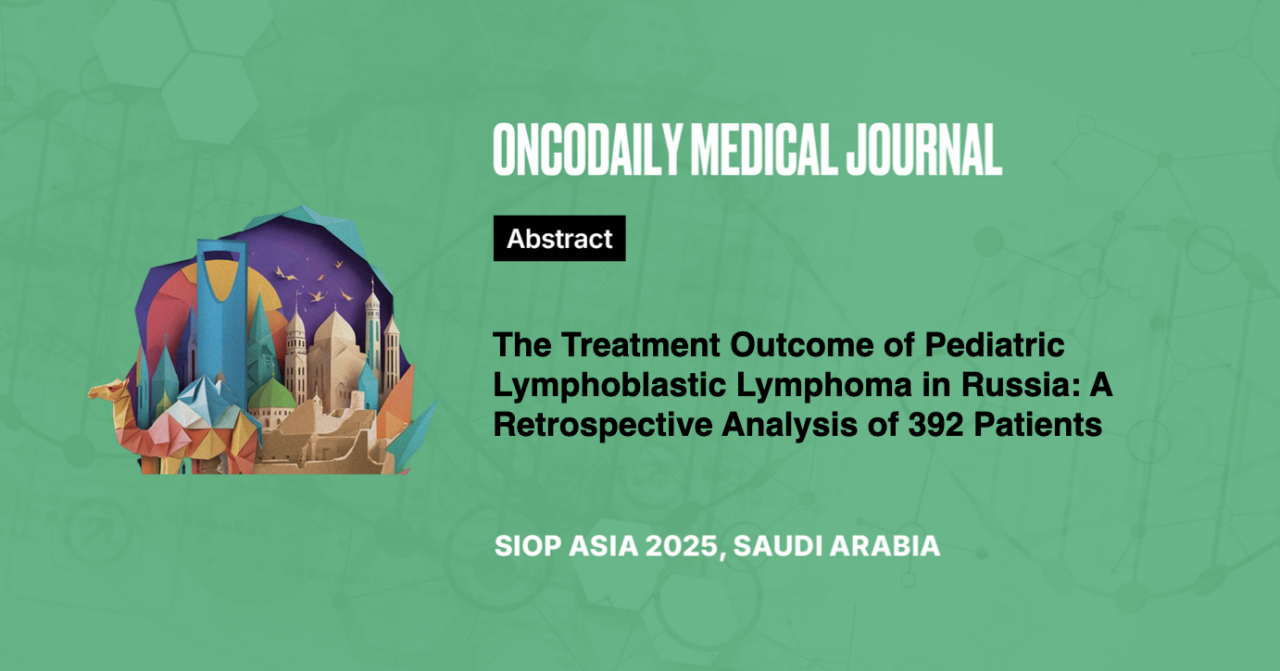The Treatment Outcome of Pediatric Lymphoblastic Lymphoma in Russia: A Retrospective Analysis of 392 Patients
Abstract
Introduction: Lymphoblastic lymphoma (LBL) is a high-grade neoplasm predominantly affecting children and adolescents. Limited data exist on outcomes of pediatric LBL therapy in Russia.The objective was to analyze treatment outcomes of pediatric LBL, assess survival rates, and explore prognostic genetic markers in T-LBL.
Methodology: This retrospective study included 392 pediatric LBL patients treated between 1999 and 2024. The cohort had a male-to-female ratio of 1.9:1 with 276 T-LBL cases, 104 B-LBL cases, 4 mixed phenotype acute leukemia/lymphoma (MPAL), and 8 LBL associated with immunodeficiency. All patients received BFM-like therapeutic regimens. Genetic profiling was performed for 88 T-LBL patients using a customized 70-gene NGS panel (Qiagen, Germany). Median follow-up was 3.5 years.
Results: The 5-year event-free survival (EFS) was 70% (95% CI: 64–76%), and overall survival (OS) was 83% (95% CI: 78–88%). No significant differences were observed in OS between T-LBL and B-LBL phenotypes (5-year OS: 81% vs. 86%, p = 0.8). For T-LBL, NOTCH1/FBX7 (N/F) mutational status was a significant prognostic factor. Patients with N/F mutations had superior 5-year OS of 87% (95% CI: 75–100%) compared to 60% (95% CI: 43–83%) for N/F wild-type patients (p = 0.018).
Among patients with N/F mutations, those also harboring a PHF6 mutation (15 patients) exhibited a 100% 5-year OS. Among MPAL patients, there was one relapse with a fatal outcome. Among LBL patients with immunodeficiency, one experienced a relapse, and two developed secondary malignancies.
Conclusion: Pediatric LBL patients in Russia achieve favorable survival rates with BFM-like therapy, comparable to international outcomes. NOTCH1/FBX7/PHF6 mutational status is a strong prognostic marker in T-LBL and may inform risk stratification and therapeutic strategies. LBL cases associated with immunodeficiency should be considered candidates for hematopoietic stem cell transplantation (HSCT).





